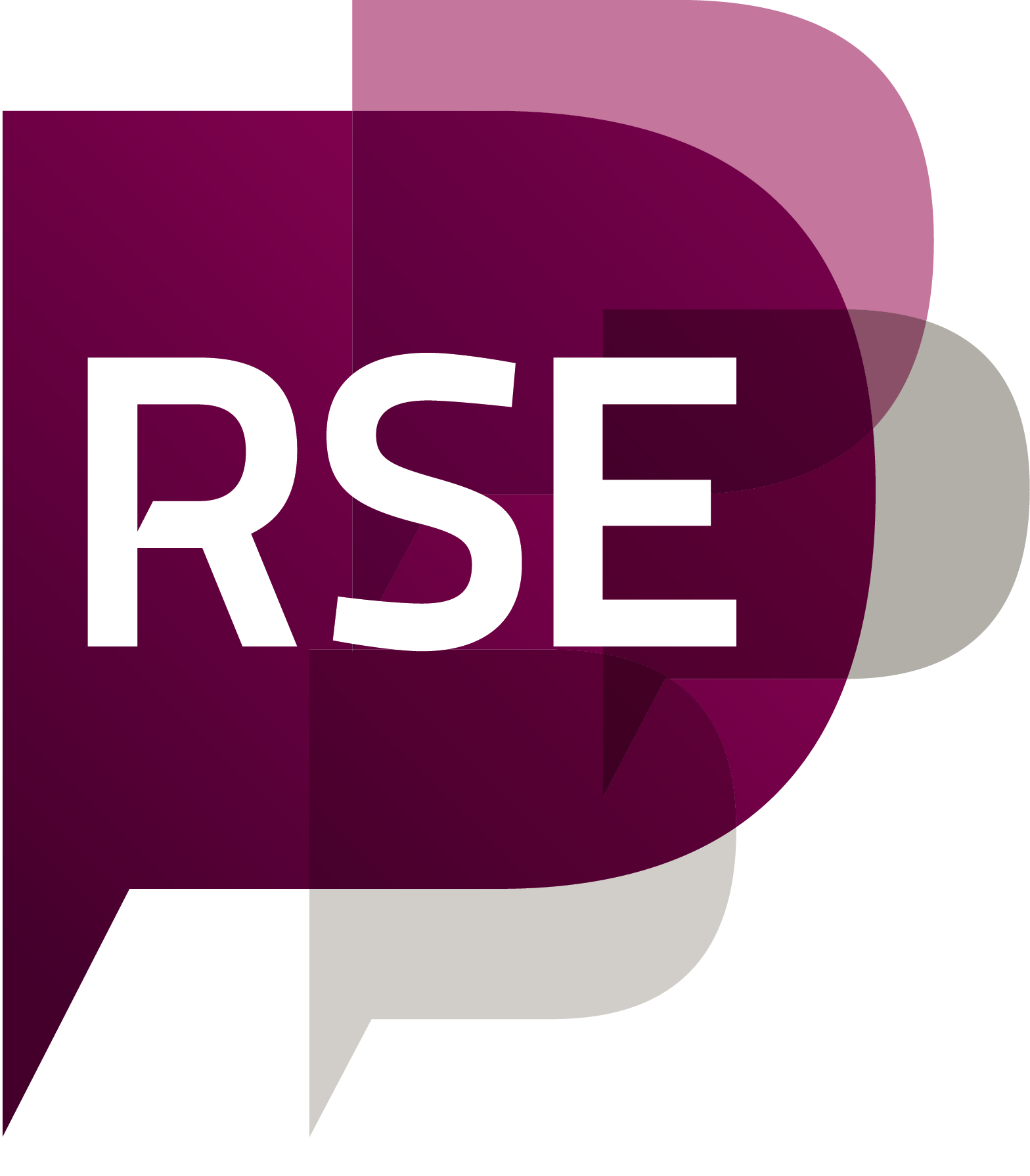Published 1st August 2025
Can you tell be a bit about your role?
Most of my work over the past 16 years has been as a UI/UX designer of SaaS systems, designing marketing and education technology software platforms for startups and large corporations. Now I focus my endeavors on designing and developing computer games and simulation software tools at my company Replicant AD, Inc.
How did you become an RSE?
My journey initially started early on while pursuing my first masters in Web Design & New Media, a branch of Human-Computer Interaction (HCI). I focused on collaborative work with researchers from Japanese universities applying information and communication technology to develop tools for students in education and vocational training, and publishing papers about our work.
After graduating, I worked closely with various data science teams across the commercial software sector in R&D departments, designing and developing software tools that leveraged emerging technologies from research efforts into practical applications. This hands-on experience allowed me to help bridge the gap between theoretical concepts and real-world implementation.
The transition to a more formalized role as a RSE happened during my second masters in Systems Engineering at Johns Hopkins University, where for my thesis research I designed and developed a 3D simulation tool using genetic algorithms to optimize neural networks for automated driving systems. This research not only honed my technical skills but also demonstrated the application and real-world impact of RSE work. It was during this time that I recognized my alignment with the RSE mission of bridging research and software engineering to advance scientific discovery. Since then, I have embraced the RSE role, combining my design and technical experience with my passion for research to drive innovation.
When did you first hear the term “RSE”?
January 2025 when I came across the CACM article “Investigating Research Software Engineering: Toward RSE Research” (February 2025 Issue, Vol. 68 No. 2, Pages: 20-23). I went through every URL link that was in the article, discovering many associations focused on RSE. That is actually how I found the Society of RSE organization.
What is your favourite thing about your work and being an RSE?
The opportunity to explore new possibilities in software by applying my experience in UI/UX design and systems simulation to new and emerging research areas. Bridging the gap between complex scientific concepts and intuitive human-friendly software interfaces that makes the work of research scientists more efficient is a very rewarding aspect. Its always a new adventure working with new technologies to design tools and solutions that enhance the research process, leading to more impactful and accessible scientific discoveries.
And what is the least favourite?
The maturity of the RSE profession and career pathway are two that come to mind. The perception seems to be that software engineering in the research field is underappreciated and methods underdeveloped when compared to the commercial software sector. As such, the RSE role seems to be little known to others outside the academics. Its also very challenging to even discover RSE opportunities and contracts to work on these research projects.
What’s the most unexpected part about being a RSE?
In the commercial sector, the process is pretty linear and sometimes predictable, with a lot of design patterns used to develop software rapidly. In contrast, software engineering in research is typically developed to address niche and specific research needs, making the requirements highly unique and quite different from commercial software. Specifically, requirements are usually not known in advance, and will emerge and continue to evolve as research progresses. However, I continue to adapt the UX research methods and UI design principles I have been using in commercial software projects to research software engineering.
Do you see yourself as an academic, researcher, software engineer, technician…? All of it? Something else? A mix of one or two terms?
I feel drawn to all of it, with a mix of design, research and software engineering being the main components of what I do. A design research engineer of software systems perhaps is one way I would classify my role.
What do you see as your most likely future career path from here? And what would be your ideal career path?
Continue bridging the gap between academic and commercial sectors, while establishing my company more formally as a R&D organization that works in RSE with both academic and private institutions.
In your view, how could RSEs be better supported in their work? What do you need? What is missing?
Perhaps more RSE training and professional development opportunities outside of traditional academic institutions. Joining RSE has been a step in that direction for me. More visibility outside traditional academic environments would also help the discipline.
What advice do you have to individuals looking to start a career in Research Software Engineering?
Take inventory of the current skills you have and how they can apply or contribute to RSE. Join communities involved in RSE and seek opportunities to apply and practice RSE.
